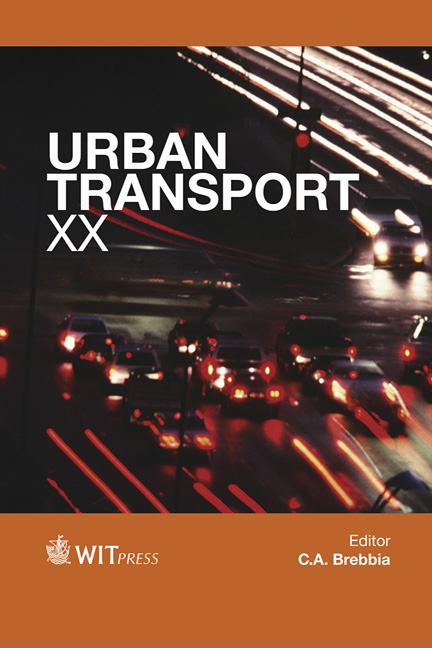A Comparison Of Methods For Detecting Atypical Trajectories
Price
Free (open access)
Transaction
Volume
138
Pages
11
Published
2014
Size
1,954 kb
Paper DOI
10.2495/UT140331
Copyright
WIT Press
Author(s)
H. Saul, K. Kozempel & M. Haberjahn
Abstract
The detection of atypical trajectories and events in road traffic is a challenging task for the implementation of an intelligent transportation system. It also provides information for optimizing the traffic flow and mitigating risks of accidents without the need to observe individual traffic participants. For detecting such events two methods representing the state of the art are compared: a map-based trajectory analyzer and a neural network, the Self Organizing Map—both applicable with unsupervised learning. The two compared algorithms detect atypical trajectories by modeling the probability function of trajectory features representing the object state at every trajectory point containing location, speed and acceleration values. The map-based approach was extended and improved by pre-clustering the trajectories with regard to their relation (e.g. vehicle turning left/going straight ahead). The Self Organizing Map algorithm uses vector quantization and prototyping of feature vectors and, thus, does not need any preliminary work. Both methods are evaluated by experiments using the same data which allows strengths and weaknesses to be revealed. The data base for evaluation consists of trajectories from traffic surveillance cameras at an intersection and simulated trajectories.
Keywords
atypical, trajectory, behavior, probability density maps, self organizing map, threshold, pre-clustering, surveillance, automatic, unsupervised.





